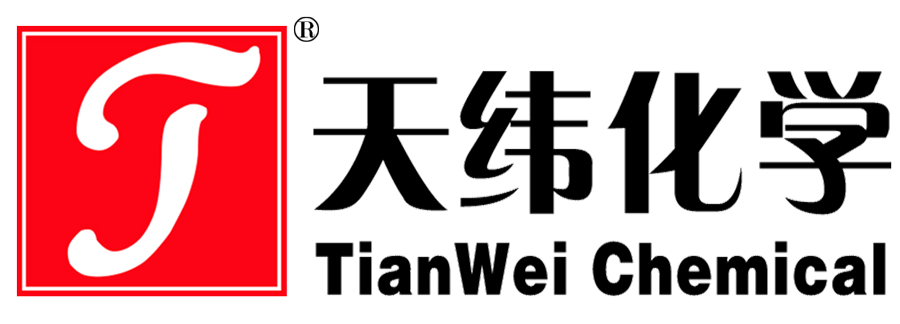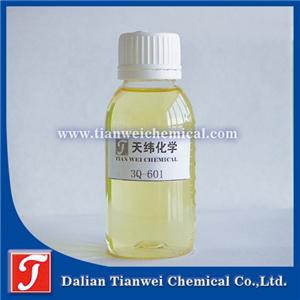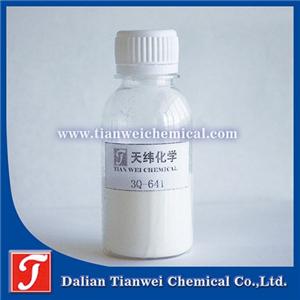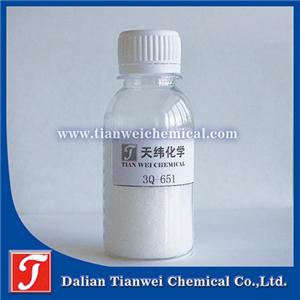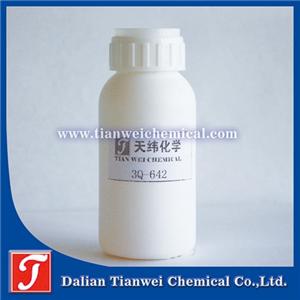-
Bactericidal and preservative BIT10 part A
BIT10 efficiently penetrates the cell membranes of microorganisms, disrupts the core enzyme system, and instantly "cuts off power" and causes the death of bacteria and fungi. This industrial anti-corrosion star only requires a few ten-thousandths of its concentration in water-based coatings and adhesives to prevent product spoilage and deterioration, safeguarding every industrial item from the production line to the shelves.
12-11-2025 -
PMMA bathroom products with added antibacterial agents have an antibacterial rate of 99.9%
I. Types and Characteristics of Antibacterial Agents Nano-silver-loaded antibacterial agent Antibacterial mechanism: Through the biochemical reaction between silver ions and proteases within bacterial cells, the cell structure is disrupted. Meanwhile, silver ions can be released and continue to kill bacteria.
11-11-2025 -
The function of adding antibacterial agents to water purification equipment
The core function of adding antibacterial agents in water purification equipment lies in inhibiting the growth of microorganisms, ensuring water quality safety, extending the service life of the equipment, and enhancing user experience. This can be elaborated in detail from the following four aspects:
10-11-2025 -
The core function of adding antibacterial agents to the lining of shoes
The core function of adding antibacterial agents to the leather in shoes is to inhibit bacteria and microorganisms, prevent the generation of odors, extend the service life of the leather, and ensure foot health. The specific analysis is as follows: Inhibit the growth of microorganisms and prevent unpleasant odors The characteristics of the foot environment: The feet secrete abundant sweat, and the inside of the shoes is warm and humid, providing ideal breeding conditions for bacteria (such as Staphylococcus aureus and Escherichia coli) and molds (such as Candida albicans). Mechanism of action of antibacterial agents:
07-11-2025 -
The Application of Antibacterial Masterbatch in TPU Cast Film
The application of antibacterial masterbatches in TPU cast films mainly lies in endowing TPU cast films with antibacterial properties, expanding their application fields, and enhancing the added value and market competitiveness of the products. The following is a detailed introduction from four aspects: the characteristics of antibacterial masterbatches, their application methods in TPU cast films, application effects, and application fields
03-11-2025 -
What are the functions of using antibacterial agents on the handles of crutches
The handle of the cane uses antibacterial agents, whose main function is to enhance the hygiene performance and user experience of the product by inhibiting or killing surface microorganisms, while also extending its service life. The following are the specific functions and analyses: 1. Inhibit the growth of bacteria and mold to ensure hygiene and safety
29-10-2025 -
Antibacterial and antifungal agent for PVC soft door curtains, Grade 0 mold prevention
For the antibacterial and anti-mold requirements of PVC soft door curtains, it is recommended to use professional PVC-specific antibacterial and anti-mold agents. The specific selection should be based on cost, processing technology and anti-mold grade requirements. The following is a detailed analysis:
28-10-2025 -
Rubber vulcanization anti-mold agent extends service life, 0-level anti-mold
During the rubber vulcanization process, the selection and application of fungicides are of vital importance, as they directly affect the anti-mold performance, physical properties and service life of rubber products. The following is a detailed introduction to the fungicides used in rubber vulcanization
27-10-2025 -
Water-based textile sizing antibacterial and antifungal agent, high-temperature resistant, long-lasting and effective
It has good compatibility with water-based slurries (such as acrylate, polyvinyl alcohol, starch) and does not affect the viscosity, fluidity and other properties of the slurry. It is applicable to various processing techniques such as dip rolling, coating and spraying. Ii. Working Principle
17-10-2025 -
The Application of Antibacterial Masterbatch in Polyester Film
Antibacterial masterbatches in polyester films have become the core material for achieving antibacterial functions by enhancing the dispersibility of antibacterial agents, ensuring antibacterial stability, guaranteeing the accuracy of dosage, and simplifying the production process.
09-10-2025
